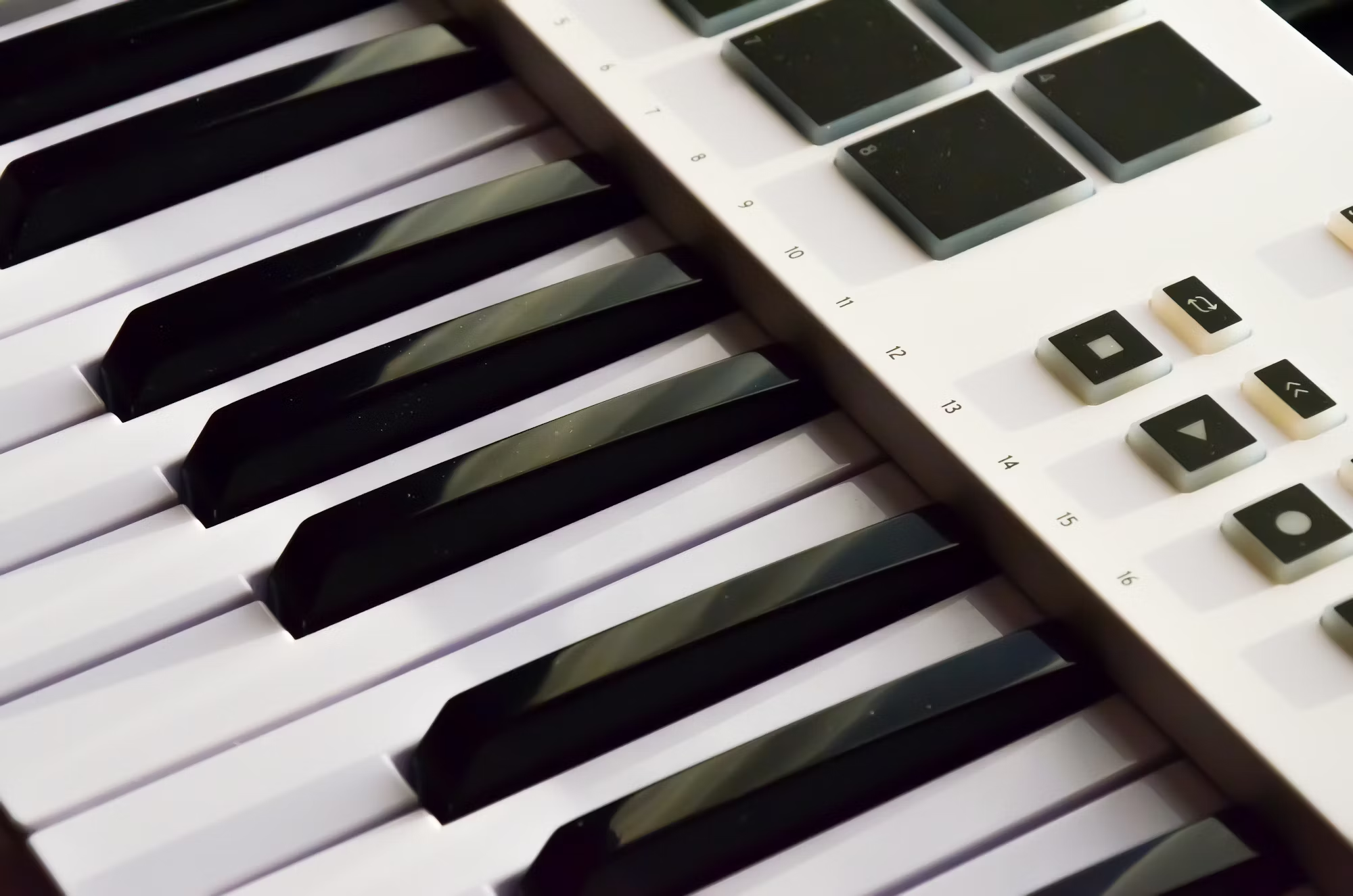The piano has long been a cornerstone of musical expression, evolving through various styles and historical contexts. From the intricate melodies of the Baroque era to the improvisational spirit of jazz, the piano’s versatility has allowed it to adapt and flourish in numerous musical landscapes. This article takes you on a journey through the ages, examining how different periods have shaped piano music and the unique techniques that have emerged along the way. Beginning in the Baroque period, the piano’s precursor, the harpsichord, dominated the keyboard landscape. Composers like Johann Sebastian Bach and George Frideric Handel wrote complex keyboard compositions that highlighted counterpoint and ornamentation. Bach’s ‘Goldberg Variations’ stands as a monumental work, showcasing the harpsichord’s capabilities while also paving the way for the piano. The era emphasized clarity and precision, fostering a strong foundation for future pianists. Transitioning into the Classical period, the piano underwent significant changes, allowing for greater expressiveness and dynamic range. Composers such as Wolfgang Amadeus Mozart and Ludwig van Beethoven recognized the piano’s potential to convey emotion. Mozart’s piano concertos, known for their lyrical melodies and elegant structures, encouraged pianists to develop their interpretive skills. In contrast, Beethoven pushed the boundaries of emotional expression, employing rapid octave playing and bold chord progressions. His ‘Moonlight Sonata’ epitomizes the blend of technical mastery and deep feeling that became a hallmark of Romantic music. The Romantic period brought about a dramatic shift in piano music, characterized by emotional depth and technical virtuosity. Composers like Frédéric Chopin and Franz Liszt emerged as pioneering figures during this time. Chopin’s works, including his Nocturnes and Études, exemplify the use of rubato and lyrical phrasing, inviting pianists to explore their emotional range. In contrast, Liszt’s virtuosic compositions, such as the ‘Hungarian Rhapsodies,’ challenged pianists to master rapid passages and intricate hand crossings, elevating the technical demands of piano playing to new heights. As the 20th century dawned, jazz began to emerge as a significant genre, further expanding the piano’s repertoire. Jazz pianists like Duke Ellington and Thelonious Monk embraced improvisation, rhythm, and syncopation. Their innovative approaches shifted the focus from strict adherence to written scores to a more spontaneous form of musical expression. The use of blues scales and complex harmonies added layers of richness, allowing jazz pianists to convey their unique voices through the instrument. This era also marked the beginning of contemporary classical compositions, where artists began experimenting with alternative techniques. John Cage’s prepared piano, where everyday objects are placed inside the piano to alter its sound, challenged traditional notions of music. This avant-garde approach opened new avenues for creativity and invited musicians to rethink their relationship with the instrument. The minimalist movement, led by composers like Philip Glass and Steve Reich, further influenced piano techniques, emphasizing repetition and subtle variations. Their works encouraged pianists to explore the meditative qualities of sound, creating captivating auditory experiences. In recent decades, technology has transformed the way musicians approach the piano. Digital pianos and music production software offer new tools for experimentation, enabling pianists to blend genres and styles. Artists like Ludovico Einaudi and Yiruma have embraced these innovations, crafting evocative compositions that resonate with modern audiences. Their ability to combine classical elements with contemporary influences showcases the piano’s ongoing evolution. The global exchange of musical ideas has also enriched piano playing across cultures. Pianists from diverse backgrounds contribute their unique styles, blending traditional music with contemporary techniques. The fusion of Latin rhythms, Asian melodies, and Western classical traditions has broadened the sonic possibilities available to pianists, encouraging cross-genre experimentation. Moreover, educational institutions are increasingly recognizing the importance of diverse piano techniques in their curricula. Many programs emphasize improvisation and creativity alongside classical training, encouraging aspiring pianists to develop their individual voices while respecting the foundational techniques established by past masters. This holistic approach prepares the next generation of musicians to explore and innovate within the rich tapestry of piano music. In conclusion, the evolution of piano styles through the ages is a testament to the instrument’s adaptability and the creativity of its players. From the intricate counterpoint of the Baroque era to the improvisational spirit of jazz, the piano has continuously evolved to reflect the changing musical landscape. Each period has contributed unique techniques and emotional depth, allowing pianists to convey a wide range of expressions. As we look ahead, the piano will undoubtedly continue to inspire new generations of musicians, inviting them to explore and redefine its techniques in exciting and imaginative ways.





